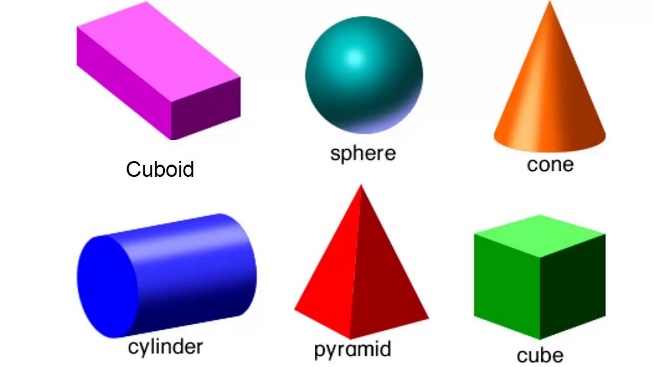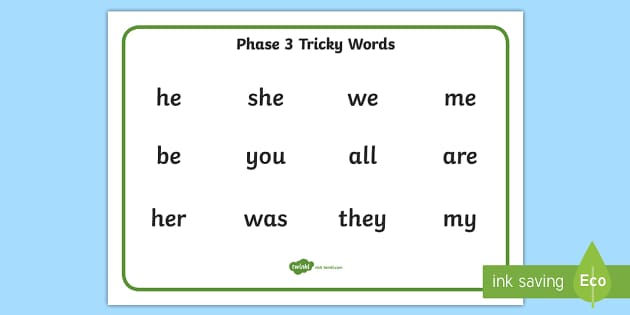

SPRING 2 Learning 2021
Reception home learning Spring term 2 2021
Communication, Language and Literacy:
Help your child to develop their communication skills by:
- Reading lts of stories and information books together. Ask your child questions about what you are reading using the question words WHO? WHAT? WHERE? WHY? HOW? WHEN?
- Provide opportunities for your child to engage in imaginative play and role play, encouraging your child to act out familiar experiences and stories (e.g. going to the shop or The Three Little Pigs story).
- Set up collaborative tasks to enable lots of speaking and listening e.g. baking, construction, story making.
- Give time for your child to initiate discussions from shared experiences and have conversations with each other, letting your child lead the conversation.
- Play fun activities and games that help your child create rhyming strings of real and imaginary words e.g. daddy, Maddie, paddy, laddie.
Mathematics:
Help your child to develop their understanding of number and shape, space and measure by:
- Counting on and back to 20 (use different voices, count using actions).
- Ordering numbers 0-10, order numbers 0-20. Make some number cards, mix them up, ask your child to order them. Ask your child to make their own number line and write the numbers on independently. Make a number line using objects to represent the numbers.
- Recognising the teen numbers through games.
- Continuing to add and subtract two single digits, using the methods taught last half term (use objects to count, draw dots to work it out or put the biggest number in your head and count on/back).
- Talk abut TIME. Make a daily timetable and talk about what you do at different times of the day. Use the words: yesterday, today and tomorrow to talk about your week. Use a timer to time yourself doing different activities at home e.g. brushing your teeth, getting dressed, building a tower, walking up and down the stairs. Look at the clocks in your house, read the numbers, practise telling the time of o’clock.
 Lok at some 3d shapes, learn their names and talk about their properties. Look for objects in your house that are the same shape. Collect some recyclable materials/boxes of 3d shapes and do some junk modelling.
Lok at some 3d shapes, learn their names and talk about their properties. Look for objects in your house that are the same shape. Collect some recyclable materials/boxes of 3d shapes and do some junk modelling.
- Talk abut MONEY. Talk about what we need money for and where we get money from. Look at the value of different coins. Set up a toy shop and pay for items with a value of up to 10p.
Phonics:
- Learn the sounds that these letters make:

(on our school website under the ‘Learning-phonics tips’ there is a video showing you how to pronounce the sounds.)
A digraph is a combination of two letters representing one sound e.g. sh.
A trigraph is a combination of three letters representing one sound e.g. igh.
- Play sme games that will help your child read words with the above sounds in them. Here are some ideas:
- Bingo
- Word hunt
- Jump on the word (place some words on the floor, say a word, ask your child to jump on it)
- Show your child a word, ask them to draw a picture to match the word
- Write some real/nonsense words with the above sounds in, ask your child to sort them in treasure (real words) and rubbish (nonsense words)
- Practise writing the digraphs/trigraphs yu have learnt on their own and in simple words.
- Try reading and writing simple sentences with words that contain the above sounds e.g. The shop is shut. My light is bright. A goat in a boat.
- Read these tricky words:

Can you find them in your reading book? Can you put them into a sentence?
- Please access the following websites to play some phase 3 phonics games:
https://www.phonicsplay.co.uk/resources/phase/2
http://www.ictgames.com/mobilePage/index.html
https://www.phonicsbloom.com/uk/game/list/phonics-games-phase-2
Knowledge and Understanding of the World
- As it gets closer to Easter, read the Easter story online and do some Easter crafts.

- Plant something that grows from a seed (in school we plant sunflower seeds). Look after your plant and talk about the things it needs to help it grow.
- Lok at different life cycles and talk about the changes that happen during the different stages. You could look at the lifecycle of a butterfly, chick, plant, human. Choose one and draw a simple life cycle, add labels. The Espresso website has some lovely videos and activities to support this.
- Talk abut Spring and the changes we are beginning to see as a new season comes. Make a poster about Spring, showing what happens in Spring (change of weather, signs of new life, what we wear).
- Make a weather chart, recording the weather each day in a week.
- Learn the days f the week and the months of the year. There are lots of nice songs and videos on YouTube to help with this.
Creative development
- D some observation drawings, using only a pencil. Draw yourself, a piece of fruit, your favourite toy, a family member, your pet.
- Provide play opportunities both indoors and outdoors to support your child’s interests e.g. role play a builder’s yard, build a den.
- Let yur child listen to different types of music and experiment with different ways of moving to the music.
- Make a musical instrument.

